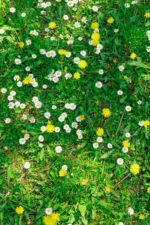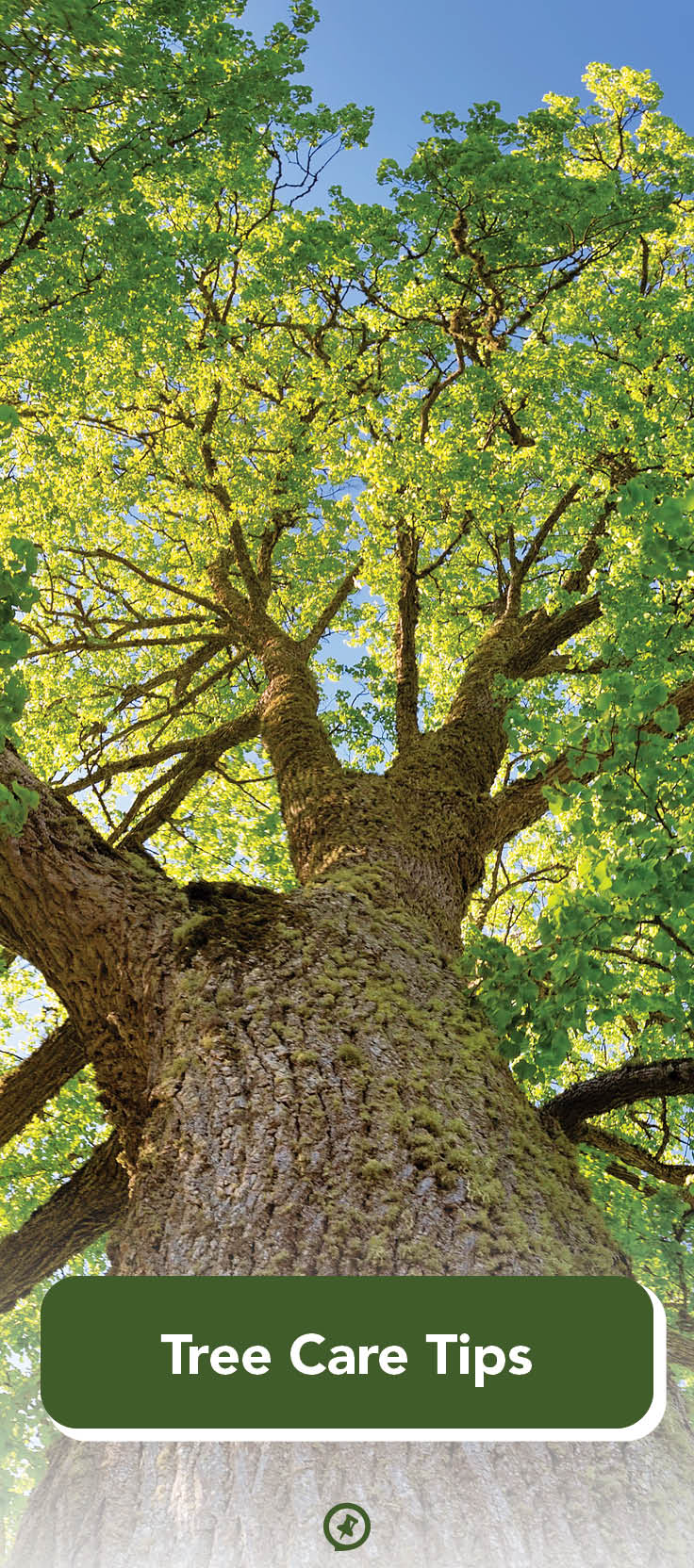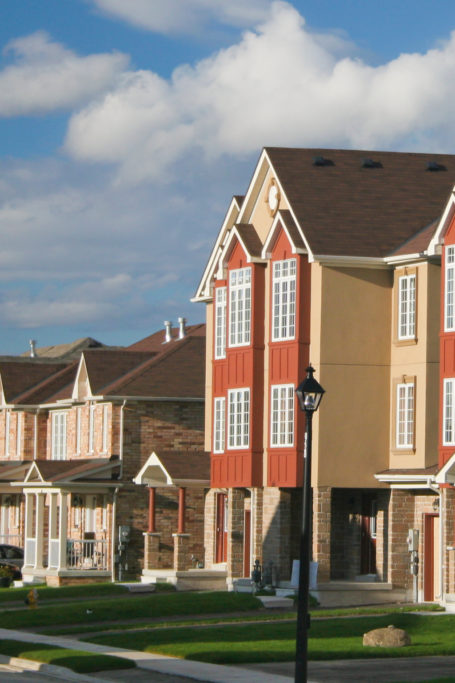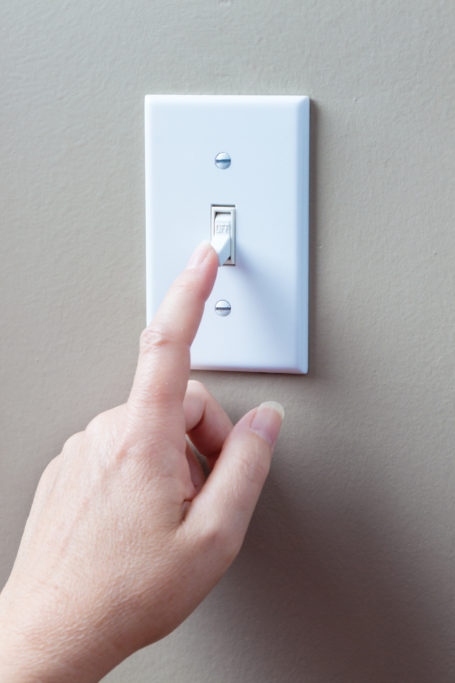Tree Care Tips
They say money doesn’t grow on trees, but it does for homeowners in a sense. Trees can help cut home cooling costs, and their mere existence on a property is estimated to increase its value by 10 to 20 percent.
To reap such benefits, though, you have to keep your mature trees healthy, and that means taking proper care of them. Use these tips to help yours stay in tip-top shape.
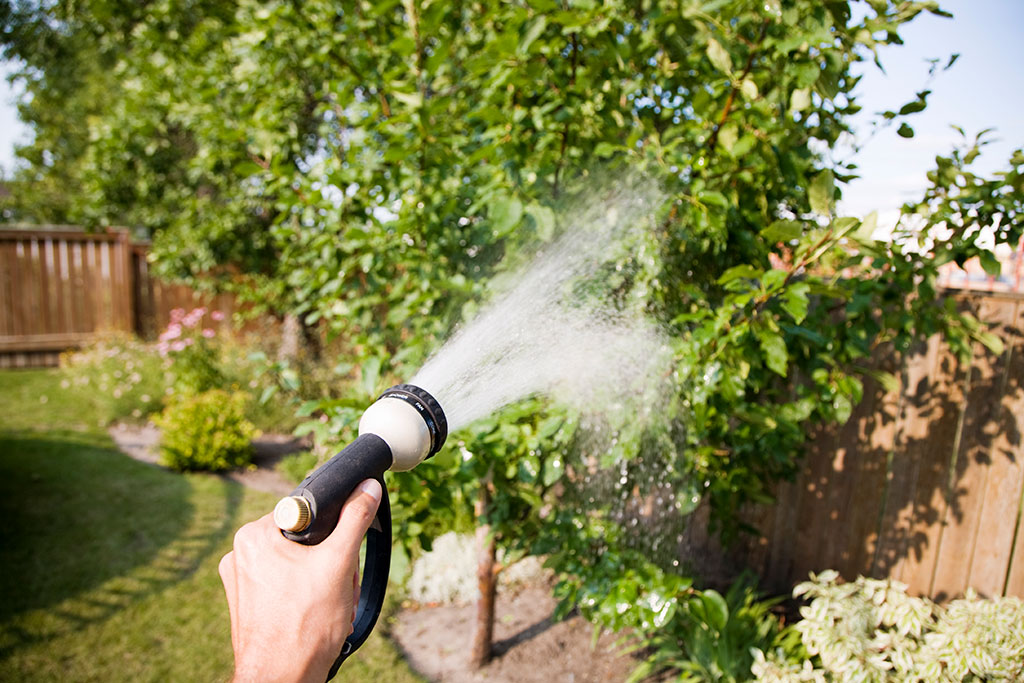
Monitor
It may come as a surprise, but you should tend to your trees with the same loving care you give your lawn and garden. Just as you check those for bare patches, weeds, and lawn bugs, inspect your trees for warning signs of larger issues, such as missing bark, dry leaves, and fungus. Then take necessary action to bring them back to health.
Nourish
While trees are remarkably self-sustaining thanks to their vast root networks, they also need your help at times. As a general guideline, full-grown trees should get at least one inch of water weekly and more during times of high temperature. When precipitation is sparse, irrigate your trees, but only around their roots—water can actually harm their leaves in the blazing sun.
Mulching is also key, as it insulates the tree’s roots, provides nutrients, and helps keep the soil moist and loose. Digging only an inch or two deep, remove a few feet of grass or old mulch from around the perimeter of the trunk, and replace it with at least two inches of mulch, making sure it’s not touching the trunk. (And, yes, leaves are a wonderful option for this, but make sure they are mulched; otherwise, they can block much-needed light and water.)
Prune
Removing dead or diseased branches is good for your trees, and it can prevent safety issues like falling branches or ones closing in on power lines. The question is when should you prune? Check your trees weekly to see if any dead branches need to be removed, and do a full pruning every six months: primarily in early winter, when leaves are likely gone, and then a touch-up in summer.
Consider contacting a local certified arborist for help with keeping your trees healthy, especially if you see signs of disease or have safety concerns. Such experts know not only tree care but also what’s necessary for trees in your geographic region, making their guidance and assistance invaluable.

